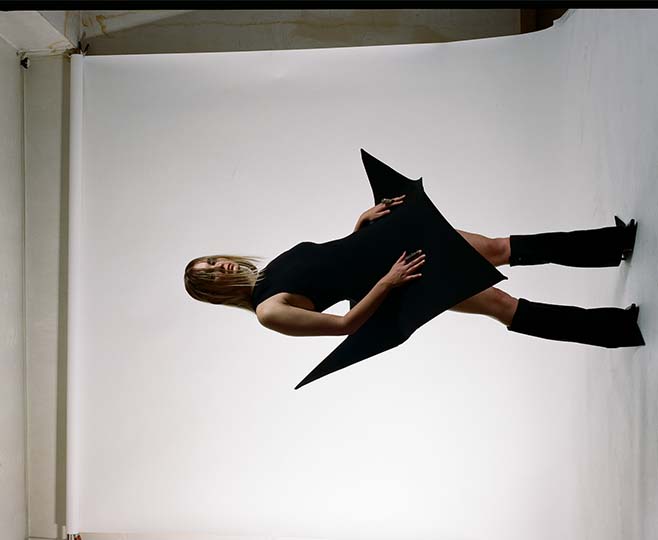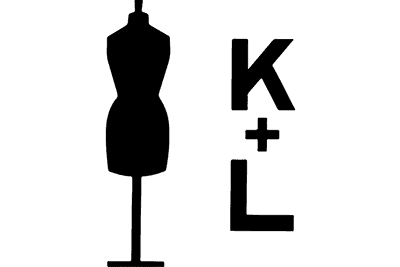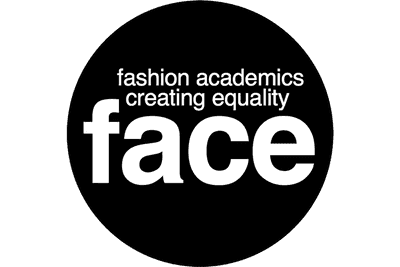
About Me
I'm Zhanna, a Fashion Design graduate from Kingston University
Zhanna Moskalyova is a creative specialising in fashion design. A split background and heritage from Ukraine and Russia motivate her design process and outcome. Through design, Zhanna uses the gaps in her family history as inspiration using second-hand imagery from ex-soviet countries as an influence to build a visual narrative through design.
During the final year of my degree, my collection ‘Complex Divorce’ referred to my divided heritage reflecting the separation of Ukraine from Russia. In the initial months of research, my collection was inspired by countries of deep soviet past and split present with underground influence from the west. I further explored the development of Ukraine’s Identity after the collapse of the Soviet Union. In recent months, with the events of the Ukraine-Russia war, developments of my collection gained a deeper more personal meaning: identifying more intensely with my Ukrainian roots.
INSPIRATION
The work’s inspiration developed from the lack of relationship between my Soviet past and present.
During the collections process, whilst reflecting aims of building a visual narrative of my heritage, Photographers Synchrodogs’s 'UKRAINA' heavily references leather as a staple in Eastern European identity. Being part Siberian, leather jackets have always been symbolic of my Eastern European roots and therefore integrated this symbolism through the collection. Further referencing family values of being resourceful, the production process of this collection implements sustainable practices.
Patchworking leather jacket pieces together created new 'hides’: a technique of up-cycling used to construct an oversized jacket for this collection. Garments were also produced with deadstock fabric to delay their end of life, with the goal of creating a low impact collection. Additionally, I explored the idea of creating new textures of existing fabric, specifically tearing waste pieces of scuba which created textures of curled and teased fibres made after distorting its properties.
MY WORK
PORTFOLIOS

DETAIL
I designed this collection completely in black to reinforce the secrecy of Eastern Europe’s history.
Each detail of the collection reflects part of the rich research I collected about the evolution of Ukraine and Russia before during and after the collapse of the Soviet era. In particular, the Adidas torsion shoe, popular in the Soviet Union, and a product my father references as a desirable product growing up at the time. The torsion shoe inspired the jersey in terms of their similar quality. It was a way to represent underground western influence in soviet countries alongside cultural identity. The torsion and tautness of materials further represented the feelings of tension and abandonment. The finished smoothness in the silhouette of my fabric in the outcome reflects tension, which is not always so obvious, a tension which has been built over many years and often out of the Western eye. The hidden structures underneath represent this.







































